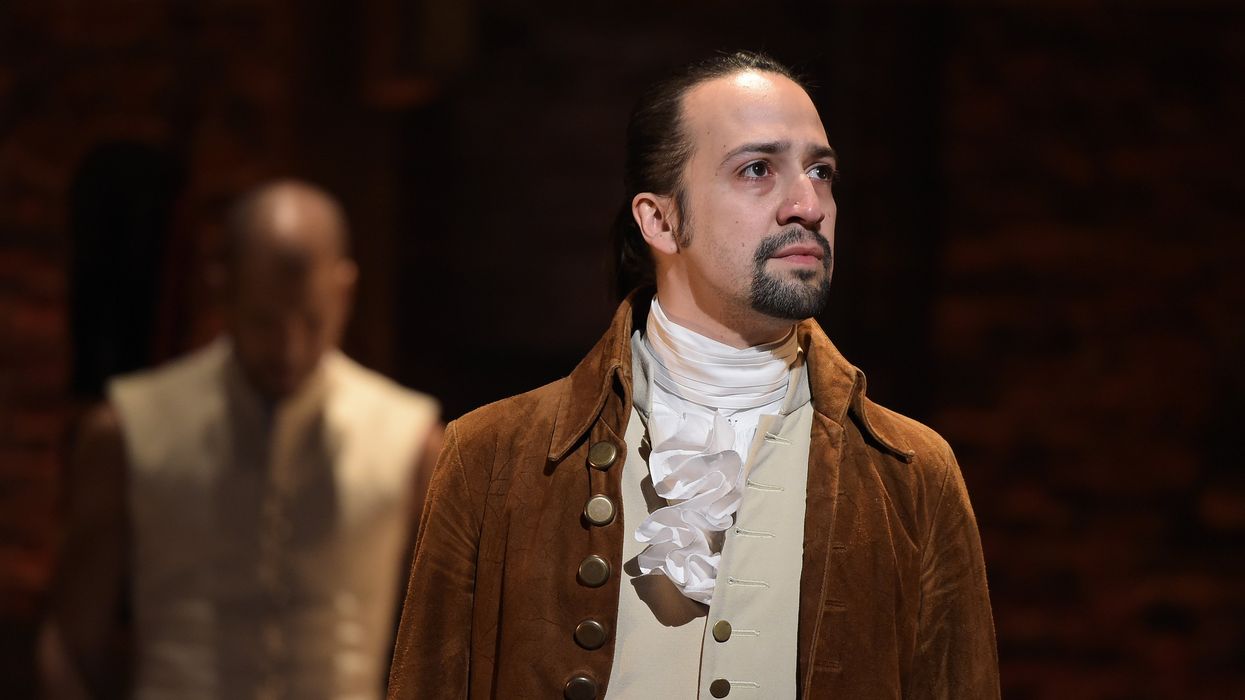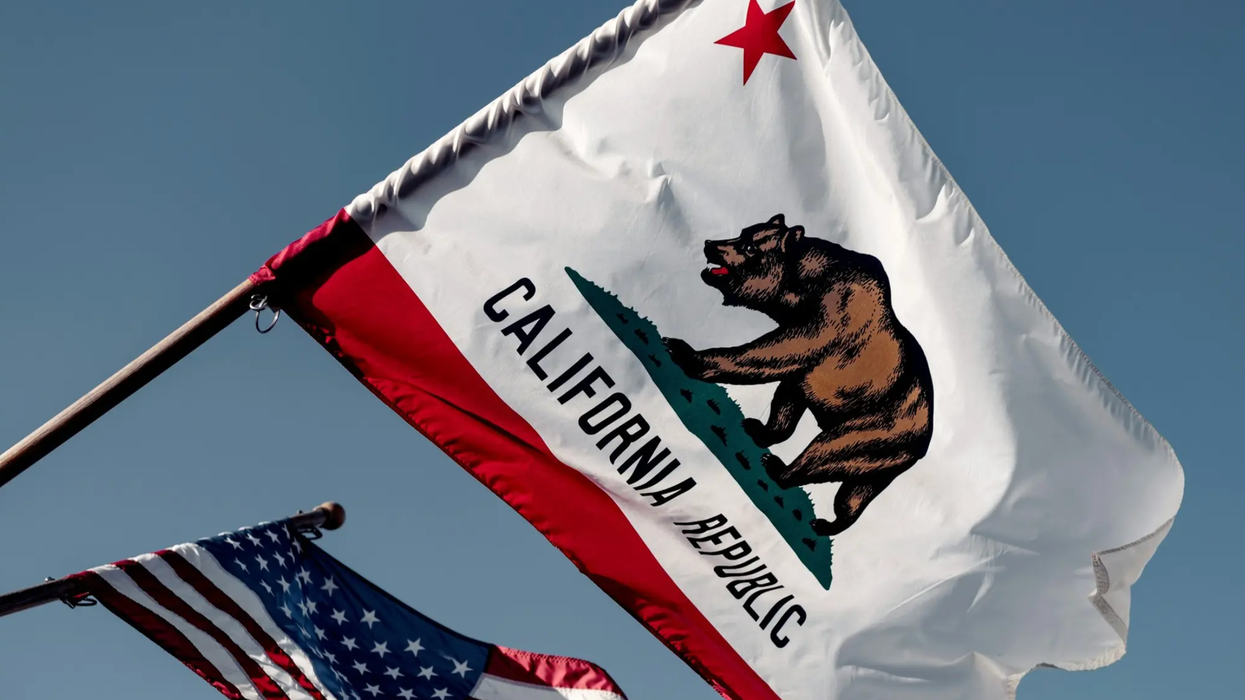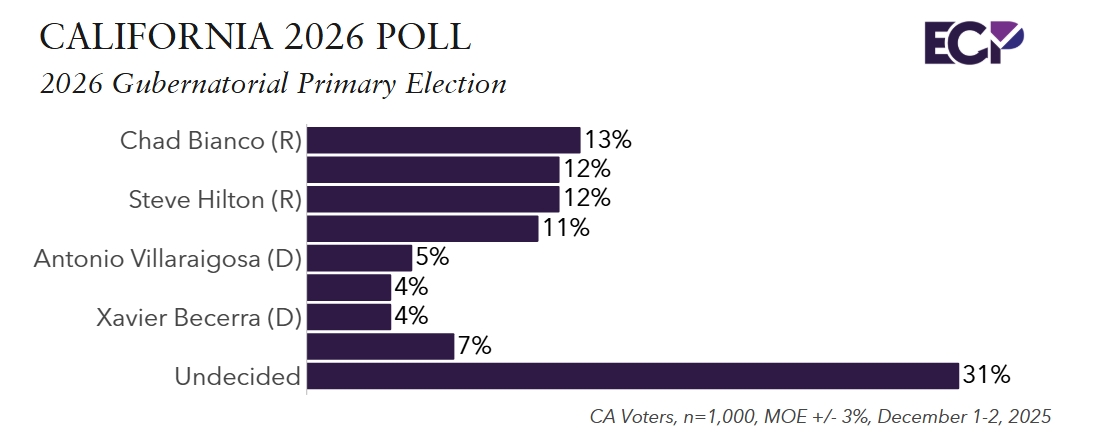The presidential candidates who say they won't take money from registered lobbyists have made good on their word and returned the contributions they've received so far.
In the first three months of the year, registered lobbyists contributed $40,100 to Democratic presidential aspirants (in amounts above $200, which require detailed disclosure), the Center for Responsive Politics reports. Three quarters of the cash went to Mayor Pete Buttigieg of South Bend, Ind., who announced last month that his campaign will no longer accept such gifts and returned $30,250 to 39 registered lobbyists.
Now the CRP reports that Sen. Kirsten Gillibrand has refunded all $3,800 she's received, Sen. Kamala Harris has given back all $3,000, Sen. Cory Booker has given back all $1,500, Sen. Amy Klobuchar has refunded $500 and Beto O'Rourke has returned the single $250 check he received.
Neither Sen. Bernie Sanders nor Sen. Elizabeth Warren had received contributions from federally registered lobbyists by the end of March. Neither had a trio of second-tier candidates – Rep. Tulsi Gabbard, Andrew Yang and Marianne Williamson – all of whom have vowed to forswear such giving.
Some candidates are welcoming lobbyist cash, however: Washington Gov. Jay Inslee has raised $13,900 from nine of them, former Colorado Gov. John Hickenlooper $7,850 from six of them and former Rep. John Delaney $1,000 from two. (Julian Castro has not taken the no-lobbyist pledge but hasn't benefitted from their largesse yet.)
All the others in the field formally declared their candidacies after the end of March so haven't had to file their first campaign financial disclosure reports.




















